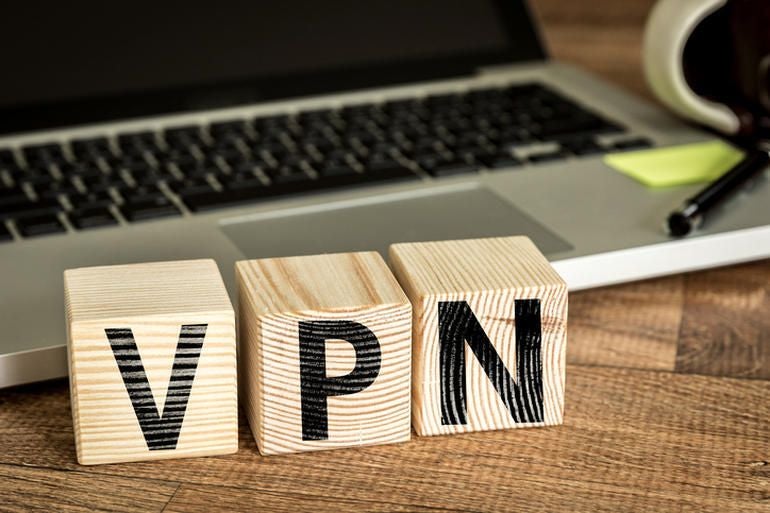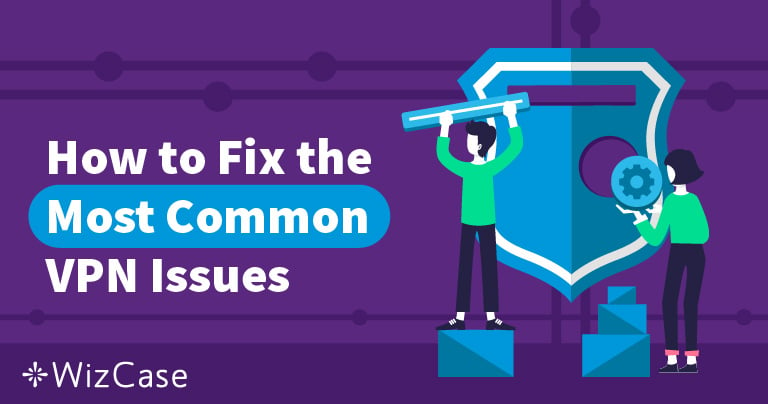Featured
Table of Contents
How To Troubleshoot Common Issues With Avg Secure Vpn

The Routing and Remote Gain access to snap-in lives within the Microsoft Management Console, called the MMC. There are numerous ways to access the MMC. You can choose the console from the Start menu's Programs alternatives, within the Administrative Tools folder within Windows server's Control Panel or by typing mmc at a command prompt.
As Tech, Republic's Brandon Vigliarolo shows within his video at the start of this post, the Solutions console displays the status of the Routing and Remote Gain access to entry. From within the Services console and with the Routing and Remote Access entry highlighted, you can click Start the Service or right-click the entry and select Restart.
Often the VPN client and VPN server are set to using various authentication techniques. Validate whether an authentication error is the problem by opening the server console. Another technique of accessing the MMC is to type Control+R to open a command prompt in which you can type mmc and struck Enter or click OK.
If the entry isn't present, click File, choose Add/Remove Snap-in, choose the Routing and Remote Gain access to alternative from the options and click Add, then OK. With the Routing and Remote Access snap-in included, right-click on the VPN server and click Characteristics. Evaluate the Security tab to confirm the authentication method.
The Vpn Tunnel Goes Down Frequently. - Fortigate / Fortios ...
Ensure the VPN customer is set to the authentication technique defined within the Security tab. Generally the products simply evaluated are accountable for the majority of VPN connection refusal mistakes.
IP addresses are another basic element for which administration need to be correctly set. Each Web-based VPN connection usually utilizes 2 various IP addresses for the VPN customer computer. The very first IP address is the one that was designated by the customer's ISP. This is the IP address that's used to develop the initial TCP/IP connection to the VPN server online.

This IP address typically has the exact same subnet as the local network and thus permits the customer to communicate with the regional network. When you set up the VPN server, you should set up a DHCP server to designate addresses to customers, or you can create a bank of IP addresses to appoint to clients directly from the VPN server.

If this choice is selected and the efficient remote access policy is set to enable remote access, the user will have the ability to connect to the VPN. Although I have actually been not able to re-create the situation personally, I have heard rumors that a bug exists in older Windows servers that can trigger the connection to be accepted even if the reliable remote gain access to policy is set to deny a user's connection.
Understanding And Troubleshooting Common Log Errors ...

Another common VPN issue is that a connection is successfully developed but the remote user is unable to access the network beyond the VPN server. Without a doubt, the most common reason for this problem is that authorization hasn't been granted for the user to access the entire network. To enable a user to access the entire network, go to the Routing and Remote Access console and right-click on the VPN server that's having the issue.
At the top of the IP tab is an Enable IP Routing check box. If this check box is enabled, VPN users will be able to access the remainder of the network, presuming network firewall programs and security-as-a-service settings allow. If the checkbox is not chosen, these users will be able to gain access to just the VPN server, however nothing beyond.
For example, if a user is calling directly into the VPN server, it's usually best to configure a static route in between the client and the server. You can configure a static path by going to the Dial In tab of the user's residential or commercial properties sheet in Active Directory Users and Computers and selecting the Apply A Fixed Route check box.
Click the Add Route button and after that get in the location IP address and network mask in the space provided. The metric need to be left at 1. If you're using a DHCP server to assign IP addresses to customers, there are a couple of other issues that could cause users not to be able to go beyond the VPN server.
Vpn Is Not Connecting - Learn How To Fix It In 10 Steps
If the DHCP server designates the user an IP address that is already in usage in other places on the network, Windows will find the conflict and avoid the user from accessing the rest of the network. Another common issue is the user not receiving an address at all. The majority of the time, if the DHCP server can't appoint the user an IP address, the connection won't make it this far.
If the client is assigned an address in a variety that's not present within the system's routing tables, the user will be unable to browse the network beyond the VPN server. Make sure the resources the user is trying to access are actually on the network to which the user is linking.
A VPN connection to the other subnet might, in reality, be required. A firewall software or security as a service option might also be to blame, so don't forget to examine those options' settings, if such elements are present in between the VPN server and the resources the user seeks to reach.
The first possibility is that one or more of the routers included is carrying out IP packet filtering. I suggest inspecting the client, the server and any machines in between for IP package filters.
Latest Posts
The Best Vpn Of 2023 - Cnn Underscored
Best Vpn Companies: Protect Yourself Online
How To Troubleshoot Common Vpn Issues